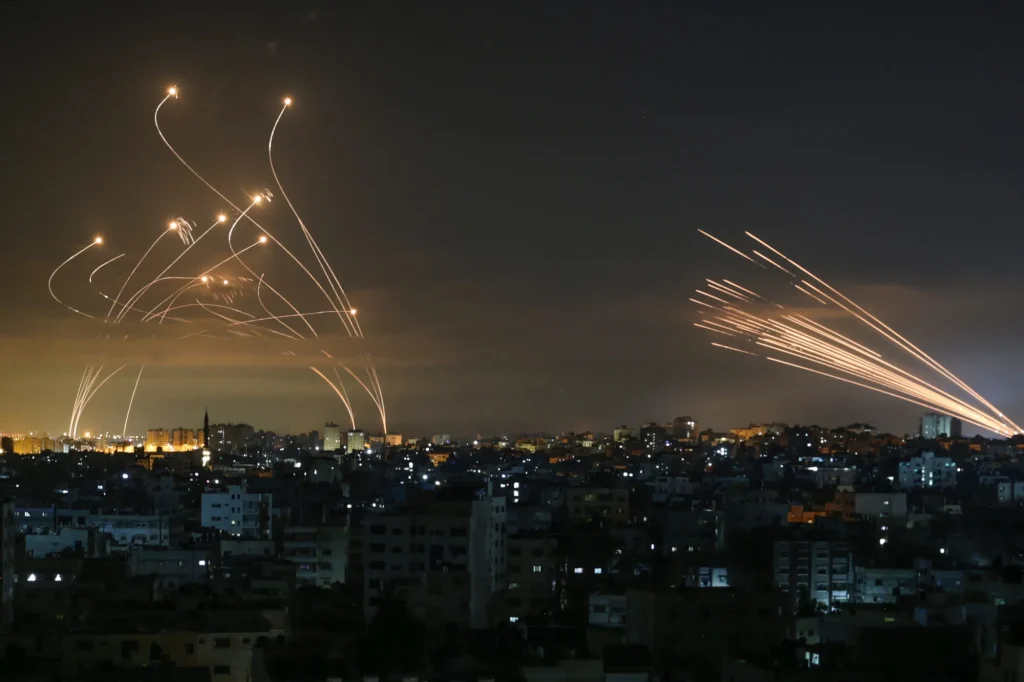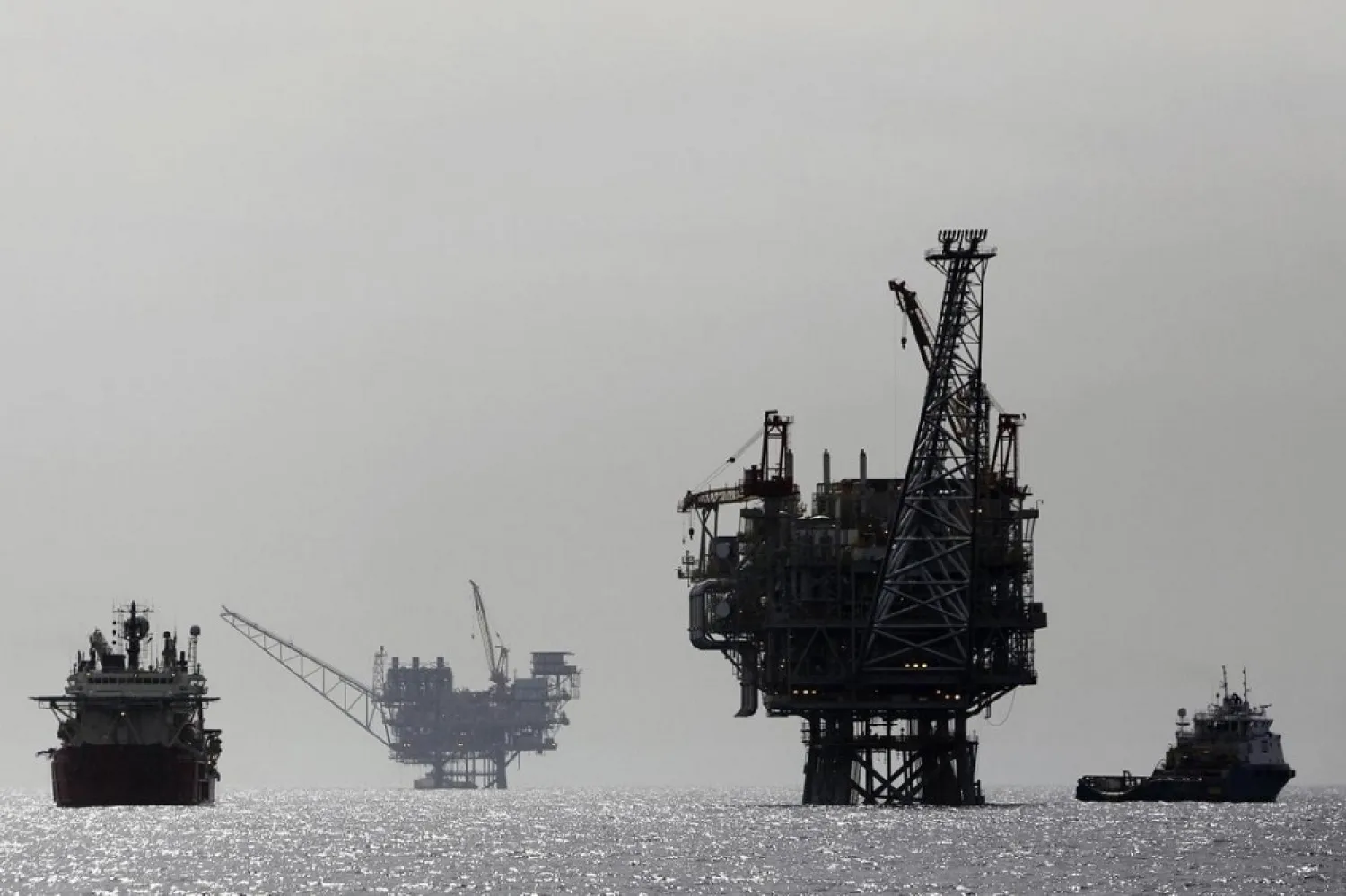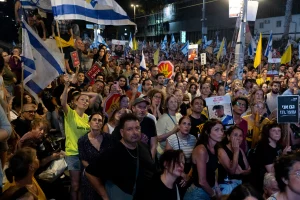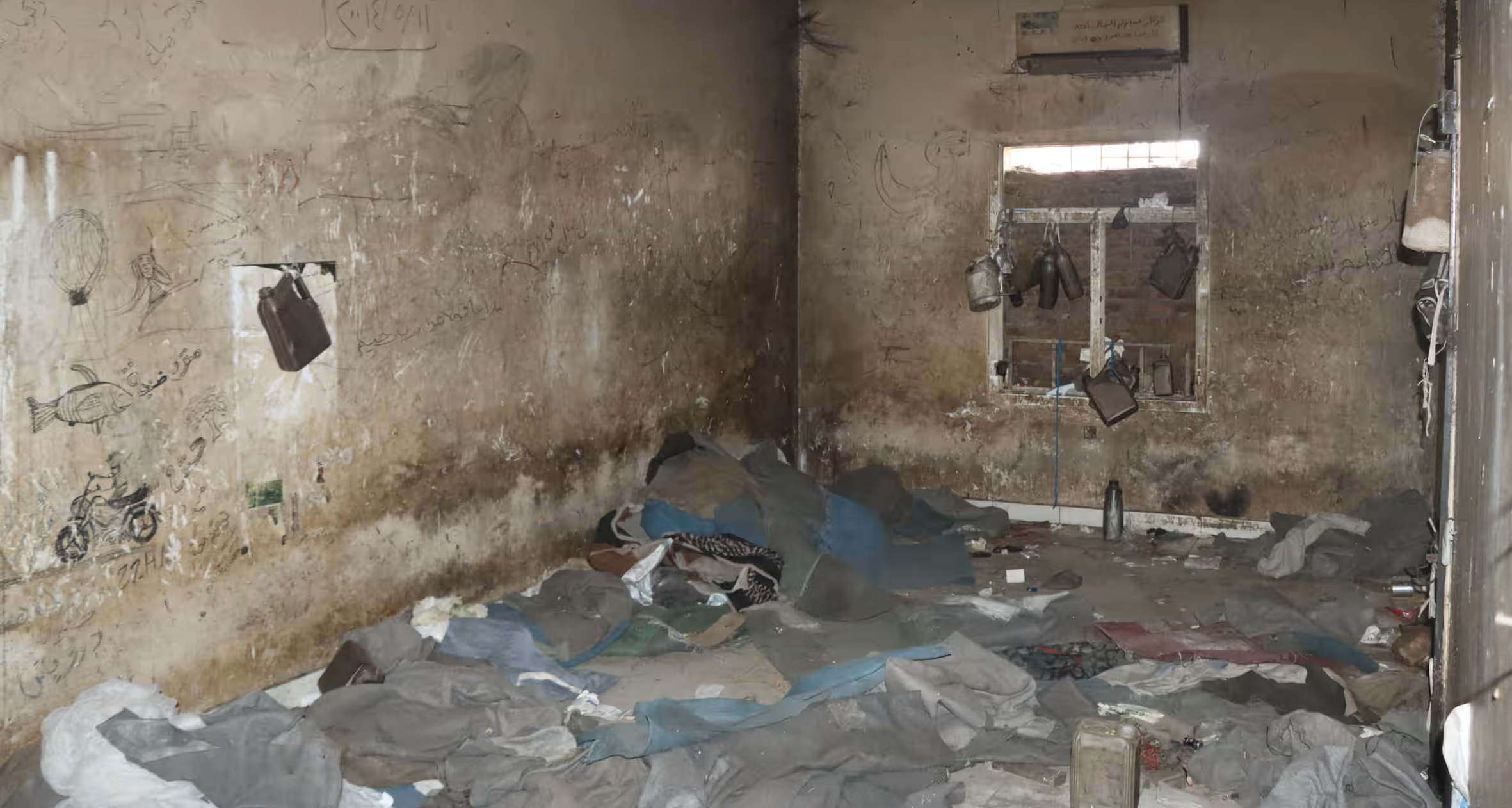Source says Israel’s missile interceptors are depleting

Israel’s ballistic missile interceptors are being deployed and are depleted rapidly following several days of intense conflict with Iran, according to a US official familiar with efforts to replenish Israel’s stockpiles, Middle East Eye reported on June 16th.
Within some parts of the US government, concerns are rising that a direct American strike on Iran might provoke a larger Iranian retaliation against Israel, depleting the US’s missile interceptors at an alarming rate. These fears stem from the immense demand Israel is placing on its air defence systems, which are struggling to keep up with Iran’s attacks.
Israel’s defence strategy relies on a sophisticated three-tiered air defence system, with each layer designed to counter different types of threats. The Iron Dome targets short-range rockets and drones launched by militant groups such as Hamas and Hezbollah.
The second tier, David’s Sling, intercepts heavier rockets and some ballistic missiles. The highest level includes the Arrow 2 and 3 systems, with the latter capable of neutralising hypersonic, exoatmospheric missiles.
Replenishing the Arrow interceptors has proven challenging for Israel. Following a significant Iranian missile strike in April 2024, reports indicated that Israel was struggling to maintain its stock of Arrow interceptors. These interceptors are jointly made by Israel and the US.
Ex-US Department of Defence official Dan Caldwell noted that the interceptors needed to counter ballistic missiles are expensive and difficult to produce in large quantities. Caldwell said: “I will assume Israel has stockpiled a decent number of Arrows and Stunners for its David’s Sling but they have to had expend[ed] many of those against the Houthis and during Iran’s previous missile attacks last year. It is therefore likely that Israel and US are going to have to start rationing their interceptors soon.”
Iran has launched at least 370 ballistic missiles at Israel, according to the Israeli prime minister’s press office. Despite this, Israel maintains the air high ground, having significantly degraded Iran’s missile launch capabilities. Ex-US State Department official Josh Paul speculated that Iran is holding back some missile strikes to avoid further provoking US involvement.
As the conflict progresses, US military assets are being positioned to assist Israel. The USS Nimitz is heading to the Middle East, joining the USS Carl Vinson, which is already stationed in the region. Additionally, US missile defence systems, including Patriot and SM-3 interceptors, are also deployed to bolster Israel’s defences. All the while, the US were keen to deny any role in Israelis initial attack on Iran, The Washington Post reported on June 13th.
Middle East Eye, The Washington Post, Maghrebi.org
Want to chase the pulse of North Africa?
Subscribe to receive our FREE weekly PDF magazine












